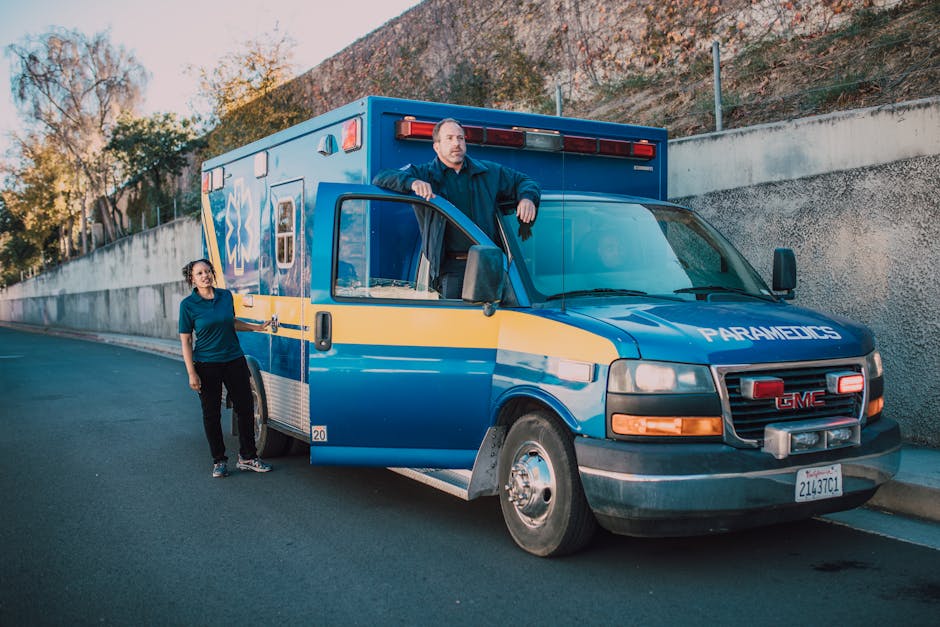
Did you know that over 3.6 million Americans miss medical appointments each year due to transportation issues? This staggering statistic highlights the crucial need for reliable and accessible transport services, especially for those who do not require emergency care but still need assistance getting to their appointments. non-emergency transport solutions play a vital role in bridging this gap, ensuring that patients can receive the care they need without the stress and complications of arranging travel on their own.
Understanding Non-Emergency Transport Solutions
Non-emergency transport solutions encompass a variety of services designed to provide safe and reliable transportation for individuals who require assistance getting to appointments, treatments, and other essential activities. Unlike emergency medical services, these solutions are tailored for individuals who are not in immediate danger but may have mobility challenges or other reasons that inhibit their ability to use standard public transportation.
Types of Non-Emergency Transport Services
There are several types of non-emergency transport services available, each catering to different needs and situations:
- Ambulatory Services: This type of service is for patients who are able to walk but may need assistance or supervision. Ambulatory vehicles are equipped to accommodate this demographic comfortably.
- Wheelchair Transport: Designed for individuals who rely on wheelchairs, these services offer specialized vehicles that can safely transport passengers in their wheelchairs.
- Stretcher Transport: For patients who cannot sit up due to medical conditions, stretcher transport provides a flat surface for safe travel.
- Door-to-Door Services: This personalized service picks passengers up directly from their homes and drops them off at their destination, making it ideal for those who may have difficulty navigating public transport.
The Importance of Accessibility
Accessibility is a fundamental aspect of healthcare that cannot be overlooked. Non-emergency transport solutions enhance accessibility in several ways:
- Improved Patient Outcomes: By facilitating easier access to healthcare services, patients are more likely to attend regular check-ups and follow treatment plans, leading to better health outcomes.
- Reduction in Healthcare Costs: When patients miss appointments due to lack of transportation, it can lead to more severe health issues that require costly emergency care. Non-emergency transport helps mitigate these costs.
- Increased Independence: Many individuals, especially the elderly or disabled, gain a sense of independence and freedom from knowing they have reliable transportation options available to them.
Choosing the Right Non-Emergency Transport Provider
When selecting a provider for non-emergency transport services, consider the following factors to ensure you receive the best care:
- Licensing and Insurance: Ensure the company is licensed and insured to operate in your area. This protects both the passenger and the provider.
- Vehicle Quality: The vehicles should be well-maintained and equipped with the necessary safety features for the type of transport required.
- Staff Training: Drivers and staff should be trained in patient care and safety protocols to provide a comfortable and secure experience.
- Customer Reviews: Research online reviews and testimonials to gauge the reliability and quality of service provided by the company.
Conclusion
Non-emergency transport solutions are essential for ensuring that all individuals, regardless of their mobility or health status, can access the medical care they require. By understanding the various types of services available and choosing a reliable provider, patients can significantly enhance their healthcare experience. With the right transportation solutions in place, healthcare can become more accessible, leading to healthier communities and improved patient outcomes.